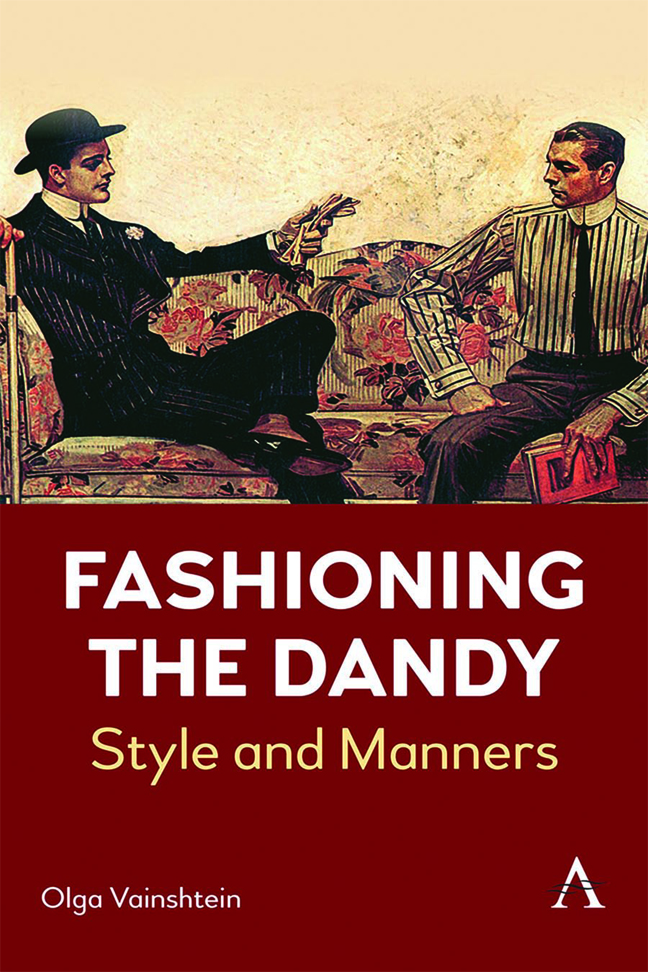Book contents
Five - The Body
Published online by Cambridge University Press: 29 February 2024
Summary
The Dandy's Body
True dandyism is the result of an artistic temperament working upon a fine body within the wide limits of fashion.
Sir Max BeerbohmIn his 1821 essay ‘On the Look of a Gentleman’, the English essayist and critic William Hazlitt offers a fascinating description of the true gentleman:
Ease, grace, dignity have been given as the exponents and expressive symbols of this look; but I would rather say, that a habitual self-possession determines the appearance of a gentleman. He should have the complete command, not only over his countenance, but over his limbs and motions. In other words, he should discover in his air and manner a voluntary power over his whole body, which with every inflection of it, should be under the control of his will. It must be evident that he looks and does as he likes, without any restraint, confusion, or awkwardness. He is, in fact, master of his person, as the professor of any art or science is of a particular instrument; he directs it to what use he pleases and intends. Wherever this power and facility appear, we recognize the look and deportment of the gentleman, – that is, of a person who by his habits and situation in life, and in his ordinary intercourse with society, has had little else to do than to study those movements, and that carriage of the body, which were accompanied with most satisfaction to himself, and were calculated to excite the approbation of the beholder.
This description fully works for the corporeality of a dandy. Of huge value both from a cultural and an anthropological perspective, Hazlitt's canon describes the nineteenthcentury ideal: a gentleman able to use and control his body as one would a precise and sophisticated instrument. At ease and free, he is adept at showcasing his body to pleasing effect. Following this somewhat general introduction, Hazlitt proceeds to go into more detail:
Ease, it might be observed, is not enough; dignity is too much. There must be a certain retenu, a conscious decorum, added to the first, – and a certain ‘familiarity of regard, quenching the austere countenance of control,’ in the other, to answer to our conception of this character.
From these aphoristic descriptions, we may deduce how Hazlitt perceived the distinction between a dandy and a gentleman. For him, the dandy was ‘the fine gentleman’, one who exhibits particular elegance.
- Type
- Chapter
- Information
- Fashioning the DandyStyle and Manners, pp. 113 - 144Publisher: Anthem PressPrint publication year: 2023



